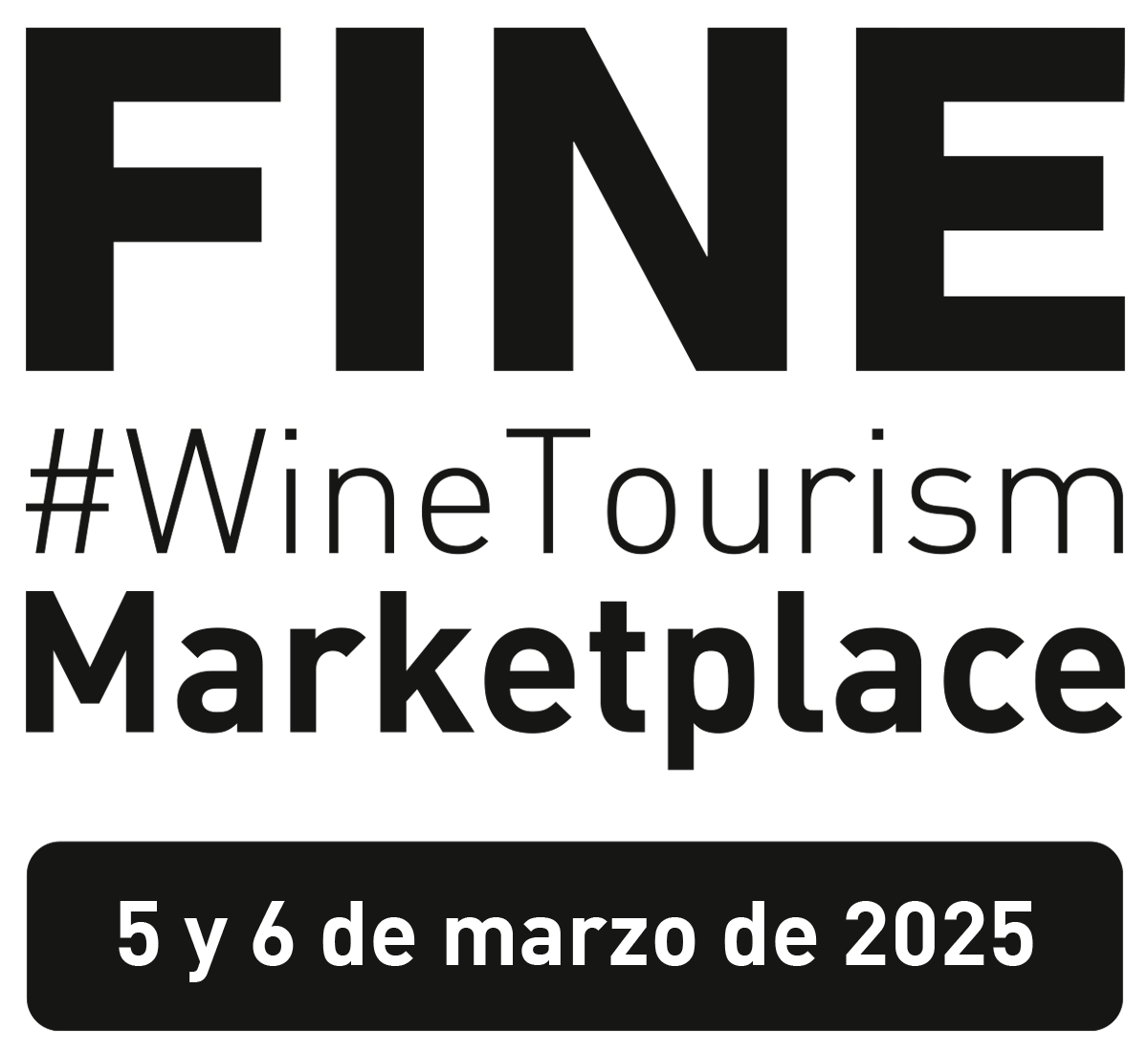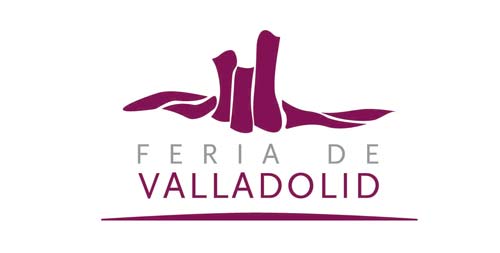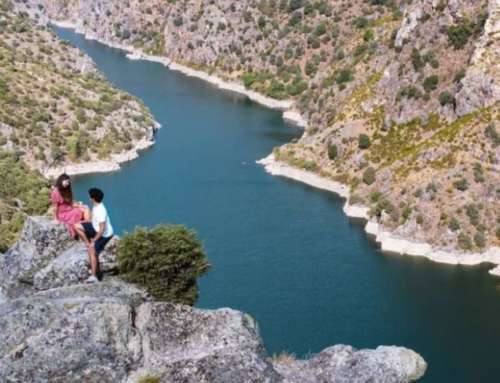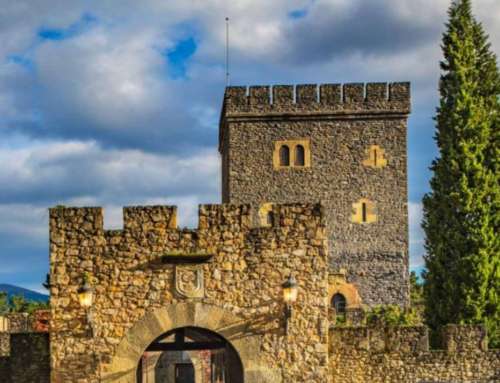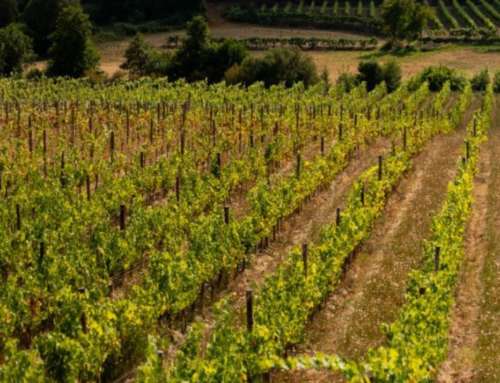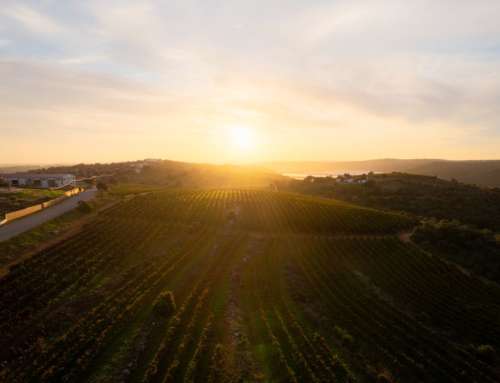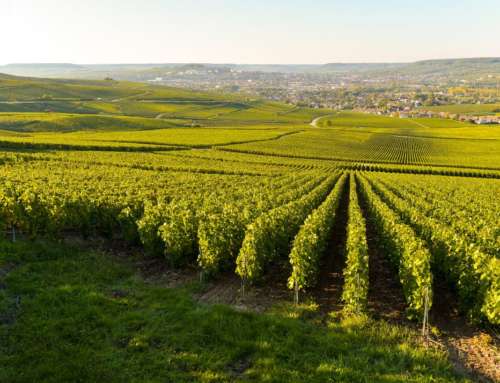Cerrato’s proposal for wine tourism
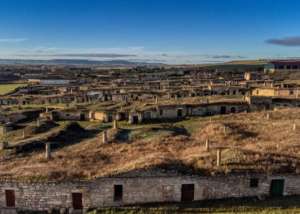
The region of El Cerrato, located in the region of Castilla y León, Spain, presents itself as an emerging wine tourism destination, characterised by its rich winemaking tradition and its commitment to sustainable tourism.
With its impressive geology and landscapes dominated by limestone moors and fertile valleys, El Cerrato offers a unique experience for wine lovers.
Innovation and sustainability at the heart of wine
El Cerrato’s wine tourism strategy focuses on sustainability and innovation. Projects such as environmental restoration and the improvement of energy efficiency in the winery districts demonstrate a commitment to environmental protection.
In addition, the region is promoting the creation of cycling routes and the use of digital tools to improve the tourist experience. The aim is not only to attract a wider public, but also to emphasise the importance of responsible and environmentally friendly tourism.
Cerrato is poised to be a leader in offering a wine tourism experience that perfectly balances the enjoyment of wine with the preservation of its rich cultural and natural heritage.
Exploring the history and culture of El Cerrato
Cerrato, with its impressive heritage and natural beauty, is also distinguished by its wines, reflecting a rich winemaking tradition that is intertwined with its history and culture. Vineyards have been an integral part of the local economy, with vine cultivation being a prominent agricultural activity in the region.
Historically, every village in Cerrato had areas dedicated to vineyards, where wine was produced mainly for family consumption. The land chosen for these vineyards was less fertile for cereal cultivation, but ideal for vines.
Winemaking in El Cerrato has traditionally been a process rooted in time, maintaining ancestral techniques. Cerrato wines, characterised by their light colour, include rosé and claret wines, as well as the slightly more opaque ‘ojogallo’. This style of wine is due to a particular fermentation process, in which red and white grapes are mixed, carried out in cellars with an ideal climate for a slow and prolonged fermentation.
The history of wine in El Cerrato also connects with the wider history of wine in the Mediterranean region and in Europe. Since ancient times, wine has played a crucial role in everyday and religious life, surviving even turbulent periods such as the barbarian invasions thanks to its use in the Christian Eucharist. In the Middle Ages, monks played a vital role in the improvement and trade of wine, developing techniques that raised the quality of viticulture.
A promising future for wine tourism
The declaration of the region as a wine cultural landscape and the development of experiences linked to sustainable wine tourism, together with a branding programme and improvements in the urban landscape, position El Cerrato as a benchmark wine destination.
The wine tourism proposal of El Cerrato will be on display on 13 and 14 March during a new edition of Fine #WineTourism Marketplace, where wineries, experts and wine enthusiasts will meet, offering a perfect opportunity to discover the wine richness of this region.
